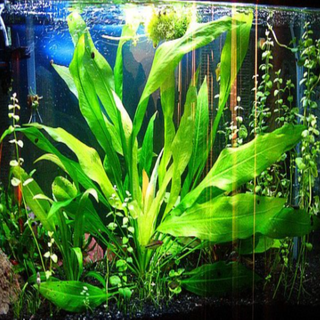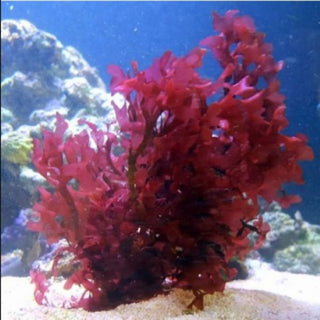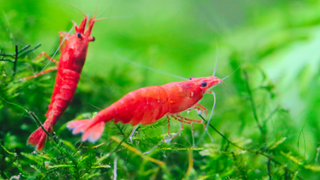Introduction:
Cherry Shrimp (Neocaridina davidi), with their vivid red coloration and active nature, are a popular choice among freshwater aquarium enthusiasts. These small invertebrates not only add a splash of color to your tank but also play a crucial role in the ecosystem as efficient cleaners, feeding on algae and detritus. As an expert in aquatic life, I've compiled essential insights and tips to help you provide the best care for your Cherry Shrimp, ensuring they thrive in your aquarium.
Understanding Cherry Shrimp
Originating from Taiwan, Cherry Shrimp are hardy creatures that adapt well to various freshwater environments. Their popularity stems from their ease of care, peaceful nature, and breeding efficiency, making them ideal for both novice and experienced aquarists.
Tank Setup and Conditions
- Tank Size: Start with at least a 5-gallon tank to provide ample space for your shrimp to explore and establish territories.
- Water Parameters: Maintain a stable environment with a pH between 6.5 and 8.0, temperature around 68-78°F (20-26°C), and GH (general hardness) between 4-8 dGH. Regularly test the water to keep these parameters in check.
- Filtration: Use a sponge filter or cover intake valves with a sponge to prevent shrimp, especially juveniles, from being sucked into the filter.
Diet and Nutrition
Cherry Shrimp are not picky eaters, thriving on a diet of algae, biofilm, and detritus within the tank. Supplement their diet with:
- Algae wafers
- Blanched vegetables (zucchini, spinach, carrot)
- Commercial shrimp foods Feeding should be moderate to avoid overfeeding and water quality issues.
Breeding and Population Management
Cherry Shrimp are prolific breeders; a well-maintained tank can quickly lead to a booming population. To encourage breeding:
- Provide a stress-free environment with plenty of hiding spots (plants, driftwood, caves).
- Ensure optimal water conditions.
- Maintain a balanced sex ratio in the tank.
Tank Mates
While Cherry Shrimp are generally peaceful, not all tank mates are suitable due to predation risks. Compatible tank mates include:
- Small, peaceful fish (e.g., neon tetras, guppies)
- Other dwarf shrimp species
- Snails Avoid larger, aggressive fish that may view Cherry Shrimp as a snack.
Common Health Issues and Prevention
Cherry Shrimp are susceptible to poor water quality and sudden changes in water parameters. Prevent health issues by:
- Conducting regular water changes
- Avoiding the use of chemicals and medications harmful to invertebrates
- Quarantining new plants and animals before adding them to the main tank
Conclusion:
Cherry Shrimp are a delightful addition to any freshwater aquarium, bringing color, activity, and invaluable cleaning services. By following this comprehensive care guide, you can create a thriving habitat that supports the health, happiness, and reproduction of your Cherry Shrimp. Their simple requirements and fascinating behaviors make Cherry Shrimp an excellent choice for aquarists looking to dive into the world of freshwater invertebrates.



